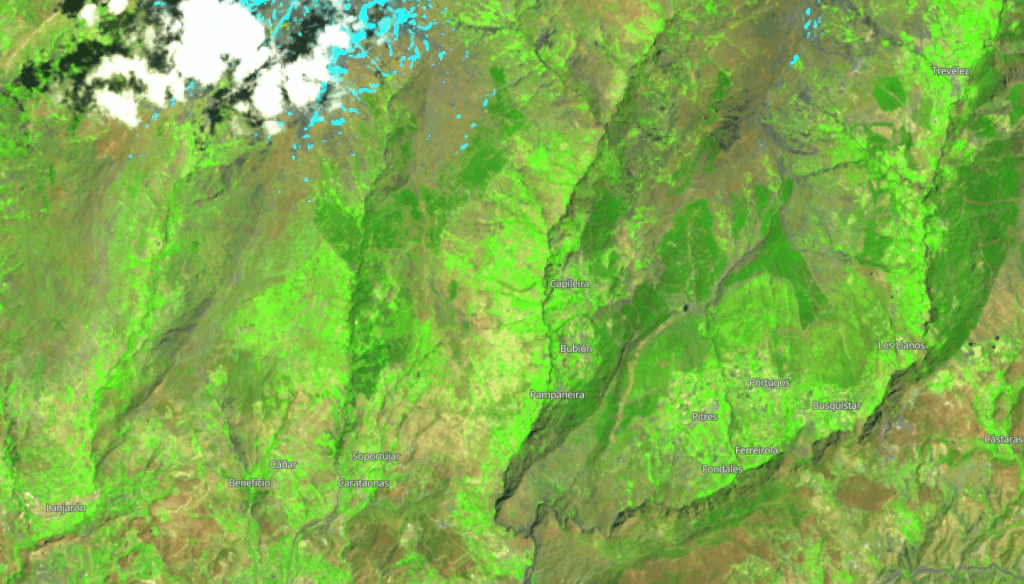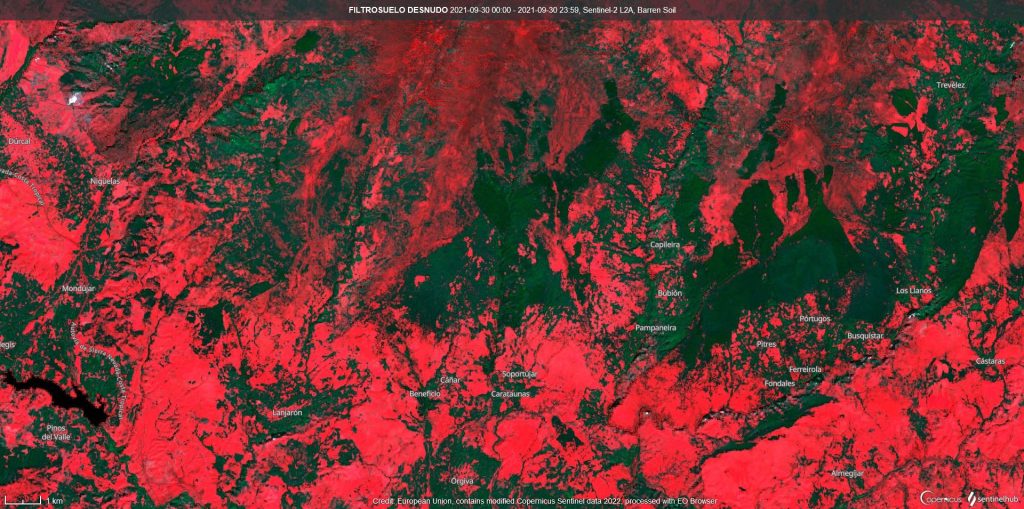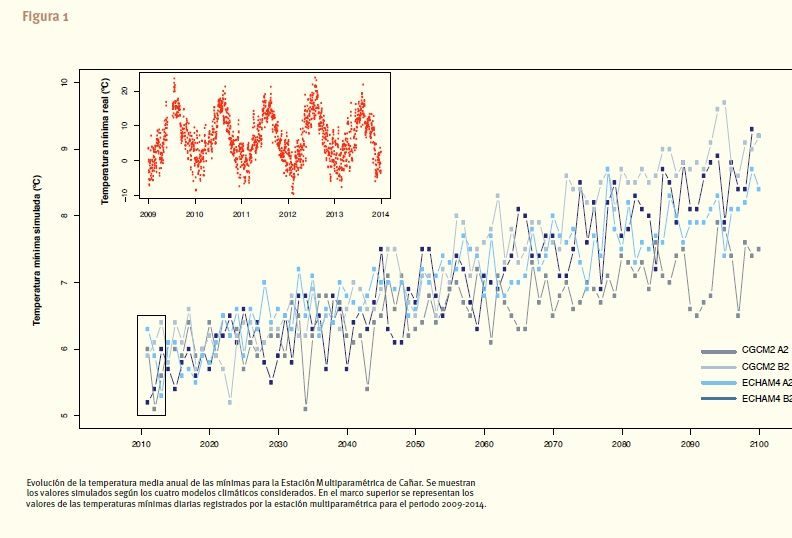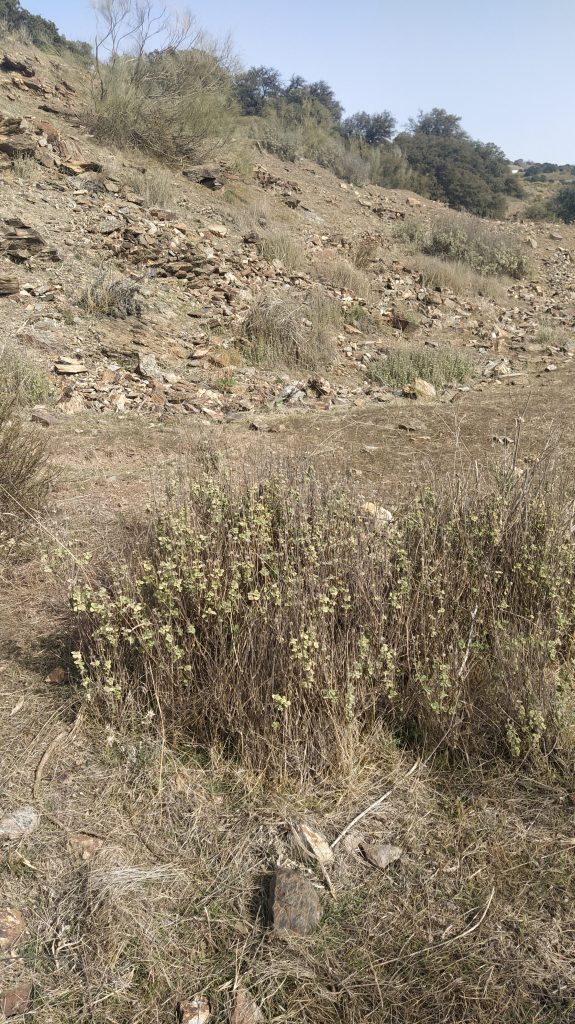Project title: Desertification in the Alpujarra region, cause or effect
Team: 4º ESO Cultura Científica
IES Padre Manjón Granada Spain 20 Student’s age: 14-15 years old
To what extent is the problem of desertification in the Alpujarra a cause or consequence of climate change?

The desertification is an increasing problem in the world which has been speeded up by climate change. In view of this situation, finding out its causes and methods to reverse desertification in each area of the world is vital to mend the problems that come with the mentioned phenomena. In regards to the mentioned circumstances, this research shows the causes of the desertification as well as different methods to reverse it in the Spanish region of the Alpujarra. This way, the present document shows how desertification in the Alpujarra region is caused both by forest fires and the constant rural exodus that the region has undergone during the last decades due a recent socioeconomic change. In this context, climate change is speeding up the desertification process as its causes remain unaltered, causing the desertification more climate change, which causes more desertification in a loop. In order to fix the present issue, this study shows how reforestation and promoting agricultural activity in the region are vital. To this purpose, both state and civilians should contribute to the reduction of the region’s desertification to preserve land’s fertility and prevent climate change from rising.

This study shows that climate change isn’t the direct cause of the desertification in the Alpujarra region but a factor that speeds the process up owing to the rise of temperatures and lack of humidity it provokes. In contrast, the two main causes of the Alpujarra’s desertification are both forest fires, which quickly destroy considerable forest areas, and the constant abandonment of cultivation areas due to the impossibility of the use of machinery, which causes crop’s death and leaves the land unprotected to erosion. Nevertheless, the mentioned situation isn’t new. In contrast, the constant rural exodus that the Alpujarra region is undergoing commenced around 1951 whereas forest fires have been constantly increasing since 1971 due to the hotter summers provoked by climate change.
On a different note, this study shows that the desertification process speeds up the climate change as well as the increase of climate change accelerates desertification, making both issues more severe and intense as one of them escalates. Therefore, it’s fundamental to take action whilst future consequences such as the complete and irreversible desertification of the Alpujarra are still preventable.

The following actions should be taken both by the region’s governments and settlers . Firstly, to prevent fertile land to get wasted and help the local economy, the region’s government could promote the selling of the abandoned farm land to future farmers with different legislation such as forcing owners to take care of the terraces in their properties and to maintain a certain percentage of this land with vegetation under menace of fine. Moreover, to encourage agricultural activity in the region, the government could restore the old irrigation ditches for free to make water get to all the crops. In return, farmers would have to stay cultivating the land at least during a limited time. To this purpose, financial help could also be provided to the new farmers.
On the other hand, the agricultural activity there could be dedicated to the elaboration of ecological and traditionally obtained products, which can be sold at a profitable price. These could be consumed in local restaurants and shops and attract more tourism, while cultivating field. To this end, chemical fertilizers and pesticides should be banned.
Finally, the most efficient way to protect the land against erosion in the Alpujarra is through reforesting with mediterranean forest and replacing with it conifer forests, which doesn’t protect the land as much as the mediterranean.
https://sites.google.com/iespm.es/detectivesclimaticos21-22iespm/inicio
Projects are created by the teams and they take the full responsibility of the shared data.
← All projects





